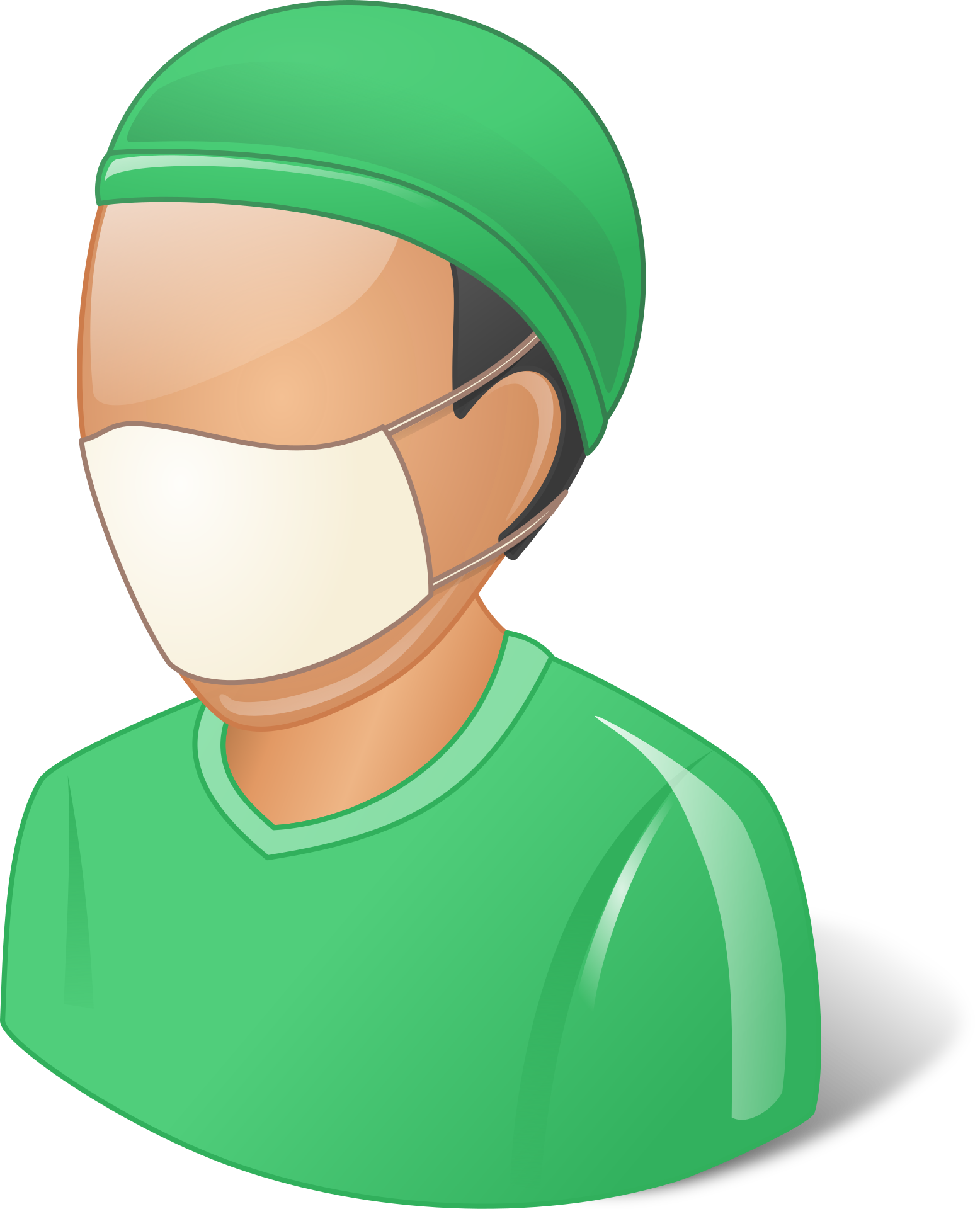More than half of people diagnosed with attention deficit hyperactivity disorder (ADHD or ADD) will experience depression in their lifetime. And 30 to 40 percent of individuals diagnosed with depression also have ADHD. The comorbid connection between ADHD and depression is strong. And with that connection comes an increased risk for two common scenarios that lead to ineffective or non-existent treatment for ADHD:
Though ADHD and depression share similar symptoms, they are separate and distinct conditions with different treatment protocols. ADHD is a lifelong neurological disorder that impairs executive functions, attention, and self-control; depression is a mood disorder that causes sustained periods of unprovoked sadness, irritability, fatigue, and hopelessness.
Correctly distinguishing symptoms of depression from those of ADHD is vital. However, mistakes are common for the following reasons:
- overlapping symptoms and diagnostic criteria for ADHD and depression
- misunderstanding of the intense symptoms of emotional dysregulation often associated with ADHD
- outdated gender stereotypes that lead women to be diagnosed with depression instead of ADHD
ADHD and Depression: High Prevalence of Comorbidity
A recent decade-long study1 followed 388,00 young adults with ADHD and an equal number of neurotypical young adults. It found that approximately half of the ADHD group had a diagnosed depressive episode during that 10 years, more than twice the frequency seen in the non-ADHD group. Overall, 13% of people with ADHD attempted suicide — 4 times the rate seen in the neurotypical control.
The rates of both depression and suicidality were much higher for women in all groups. The longest study of its kind2 found that 68% of women with ADHD were diagnosed with major depression as compared to 34% of women without ADHD. Disturbingly, the rate of suicide among women with ADHD was found to be 3 times higher than it was for the neurotypical group.
[Take the ADHD Self-Test for Women]
ADHD and Depression: Common Misdiagnosis of Major Depressive Disorder in Patients with ADHD
The most common misdiagnosis of adolescents and adults with ADHD is Major Depressive Disorder. This incorrect diagnosis happens frequently, and it carries serious consequences. Before the correct ADHD diagnosis is made, the average patient has taken 2.6 different antidepressant medications without any benefits — and the diagnosis and treatment of their ADHD has been delayed between 6 and 7 years. This does not include those people who give up on getting help for their painful emotions and impairments before getting the correct diagnosis.
Why is misdiagnosis so common? Part of the problem is the tremendous overlap of symptoms in the DSM. The previous version included 295 named conditions but only 167 symptoms. Bipolar Mood Disorder (BMD) shares 14 criteria with ADHD, and that overlap leads to a great deal of confusion.
Another culprit is unrecognized or misunderstood symptoms of emotional dysregulation related to ADHD. Slowly by surely, emotional dysregulation is being considered a core feature of ADHD alongside more widely recognized symptoms like distractibility, impulsivity, and hyper-arousal. Though not included in the Diagnostic and Statistical Manual (DSM-5) diagnosis criteria for ADHD, emotional dysregulation is one of the six fundamental features used to diagnose ADHD in the European Union. Still, many American clinicians are not trained to recognize it as a hallmark of ADHD.
[Could You Have Symptoms of Rejection Sensitive Dysphoria?]
Research confirms that people with ADHD respond to external stimuli more quickly, more intensely, and for longer periods of time than do people who are neurotypical. They have a diminished ability to recognize that they are getting overwhelmed by their emotions (a “lack of self-appraisal ability”) and to control the expression of their emotional lives. They are also more likely to experience rejection sensitive dysphoria (RSD), an intense emotional reaction to real or perceived rejection, criticism, or teasing that feeds on negative self-talk.
Emotions that are out of control or overwhelming is a diagnostic feature of just about all of the major psychiatric diagnoses. These almost universal symptoms of emotional dysregulation make it harder to tease apart ADHD from other conditions, most notably depression. The question becomes: Are we seeing ADHD, another major psychological condition, or both ADHD and a co-existing condition?
What Is Depression?
Major depression is the most common of the mood disorders and it is the greatest cause of disability in the world, according to the World Health Organization. Roughly 6 to 7% of Americans will have a depressive episode in any given year; the highest rate of depression (12.3%, or one in every seven women every year) occurs among women aged 40 to 60.
Mood disorders are disorders strictly of the level or intensity of the moods a person is experiencing, according to the DSM. Everyone has experienced features of depression such as sadness, irritability, fatigue, lack of motivation, difficult experiencing pleasure, hopelessness, and isolation. When this group of symptoms happens for no apparent reason (i.e., untriggered by what is happening in the person’s life) and is unaffected by the person’s conscious will and control (the symptoms “have a life of their own.”), the moods have become a disorder.
Mood disorders are very painful. A study done in the mid-1970s at the National Cancer Institute asked people living with end-stage cancer and who had previously had a depressive episode, which one was more painful; 98% said that the depression was more painful than terminal cancer.
[Self-Test: Symptoms of Depression in Adults]
ADHD and Depression: Key Distinctions
By definition, mood disorders are:
- not triggered by events
- have a gradual onset over several weeks to months
- persist uninterrupted for at least two weeks
- have a gradual resolution over many weeks to months
The moods run their own course and are unaffected by any attempt to feel better.
The emotional dysregulation associated with ADHD is the exact opposite:
- always triggered by some event or the perception of rejection, criticism, or failure
- match the perceived nature of the trigger
- happen instantaneously
- rarely last more than a few hours and are usually completely gone by the next morning
It is important to note that the mood shifts of ADHD are normal moods in every way except their intensity.
ADHD and Depression: How Diagnosis Falters or Fails
As mentioned above, the diagnosis process can go wrong in two main ways:
- Incomplete Diagnosis
As noted above, many people have both depression and ADHD. Most clinicians recognize only the depression, with which they are more familiar. Most pediatricians and adult psychiatrists receive no training in ADHD during their four-year residencies. As such, the symptoms and impairments of ADHD are rarely seen for what they are, especially in adulthood.
Comorbidity studies vary widely, but 20 to 30% of people with ADHD will also have Major Depression while perhaps as many as 7 to 8% of people with ADHD will also have Bipolar type 1 depressive mood phases. The co-existing diagnosis of ADHD is missed more than half the time with both Major Depression and Bipolar Depression.
- Misdiagnosis
The second most common problem occurs when the patient has only ADHD, but the clinician does not consider ADHD a likely explanation for symptoms such as the following:
- sudden mood switches with distinguishable triggers
- the sensitivity to rejection and criticism that often looks exactly like a major depression
- the demoralization, hopelessness, and helplessness from trying so hard to be successful in life only to have the invisible obstacle of ADHD get in their way
Here it is vital to take a detailed history to track symptoms over time.
For these reasons and more, finding an experienced clinician is vital. Not every clinician is prepared by their training and clinical experience to be able to handle a complex case of ADHD. A patient who suspects ADHD plus a coexisting condition(s) may have to go outside of their insurance panel to consult a specialist. Once the diagnoses are clarified and the treatment plan is established and working well, the patient may return to their primary care clinician for less expensive maintenance treatment.
ADHD and Depression: Treating Comorbid Conditions
ADHD and mood disorders are separate and distinct conditions that need to be treated separately. The one that gets treated first is typically the one causing the greatest impairment or concern, as determined by the patient or parent in consultation with a doctor.
The response to antidepressants is slow; it may take 8-10 weeks to experience the full benefits of a given medication. For these reasons and others, some clinicians prefer to start treatment with a stimulant medication because the response is so much faster. All of the antidepressant medications have a robust response rate of about 70% of people. One-third of people get complete symptomatic remission with the first agent that is tried. About one-third of people get a good response to medications but not full symptomatic relief. These people will require a second medication, called an augmenter, in order to achieve full remission. The remaining one-third of people do not respond to the first medication tried and need to be switched to one of the other five classes of antidepressant medications.
When clinicians treat the ADHD component, they often choose between the traditional stimulant medications and an antidepressant medication, especially if the doctor is unfamiliar or uncomfortable with stimulants. This is unfortunate because the handful of antidepressants that have detectable benefits for ADHD do not work nearly as well as so the stimulant medications for ADHD. Here it is important to differentiate statistical significance (so small neither the patient nor the clinician would notice the change) vs. clinical significance (robust, meaningful improvements in symptoms and impairments). The tricyclics and venlafaxine provide only statistically significant benefits. Bupropion, has minor benefits but only at higher-than-usual doses.
Despite manufacturer statements to the contrary, atomoxetine does not have antidepressant abilities. Though it was developed by the same lab that produced fluoxetine, there is no study that shows that atomoxetine has significant benefits for mood disorders. It is moderately effective for about half of people with ADHD.
When people are depressed, they start thinking in different ways. They are very hopeless and negative in their thinking and outlook. They tend to lose initiative because they think, “Why bother? It’s not going to help.” This depressed way of thinking often continues even after the depressive episode has gone away.
As a result, cognitive treatment like Cognitive Behavioral Therapy (CBT), for depression is often necessary to return the patient to their previous non-depressive ways of thinking and perceiving their world. A clinician need not choose between antidepressant medications or CBT; both are commonly needed to help the depressed person back to full recovery. The combination of medications and cognitive therapy gives much better results than does either style of therapy alone. CBT has also been shown to have benefits for ADHD, but research has demonstrated that it is not reliably effective for the core ADHD symptoms of distractibility, impulsivity, and hyper-arousal.
ADHD and Depression: Next Steps
Dr. William Dodson is a member of ADDitude’s ADHD Medical Review Panel.
SUPPORT ADDITUDE
Thank you for reading ADDitude. To support our mission of providing ADHD education and support, please consider subscribing. Your readership and support help make our content and outreach possible. Thank you.
1 Babinski DE, Neely KA, Ba DM, Liu GL (2020) Depression and suicidal behavior in young adult men and women with ADHD: Evidence from claims data. Journal of Clinical Psychiatry, 81 (6) 7-13.
2 Owens EB, Zalecki C, Gillette P, et al. (2017) Girls with childhood ADHD as adults: Cross domain outcomes by diagnostic persistence, Journal of Consultation and Clinical Psychology, 85 (7) 723-736.
Updated on February 22, 2021

